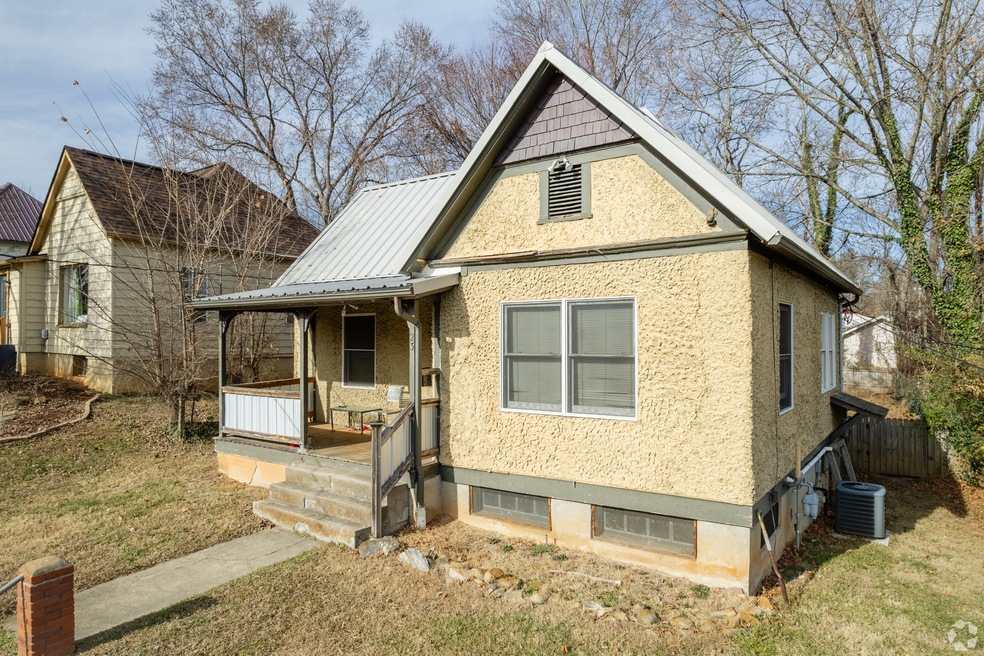Amid concerns their efforts won’t be enough to help existing residents at risk of being priced out of the city, Asheville, North Carolina, officials voted last week to allow more homes along major commercial corridors.
The 4-3 vote at the city council's March 11 meeting allows Asheville staff to permit more large housing developments on major roads without the council’s involvement if the projects include a minimum level of housing affordable to people who don’t make more than 80% of the area's median income. In a separate 4-3 vote at the same meeting, the council made it easier to build houses on small lots within existing neighborhoods that are hard to develop, such as oddly shaped “flag lots” that have limited street access. Councilors who voted against the measures voiced concerns that neither vote would lead to the creation of homes affordable to less wealthy residents.
Displacement of longtime residents as new development draws people with higher incomes is a concern in many U.S. cities. In Denver, the city government recently reacted to escalating housing prices in some neighborhoods by putting a pause on new development in those areas. Louisville, Kentucky, now requires a review of all development projects that receive financial help from the city government to ensure they won’t displace residents.
Asheville has seen significant growth in recent years as newcomers are drawn to the city’s easy access to recreational opportunities in the nearby mountains. The U.S. Census reported the city had a population of about 95,000 in 2020, up from 83,000 a decade earlier. The median sales price for a single-family home in the city was $550,000 over the past 12 months, according to Homes.com. Prices didn’t change much after Hurricane Helene ravaged the city and surrounding region in October 2024.
Along commercial corridors, a developer can now build up to 100,000 square feet of housing without needing the city council’s approval. Beyond that amount, projects must set aside 5% of units for people making no more than 80% of the area's median household income, which the U.S. Census reported was $67,221 in 2023.
To address displacement, Asheville’s change to make it easier to build on flag lots will not apply to five historically Black “legacy” neighborhoods, some of which the city has identified as especially vulnerable to rapid price increases. These neighborhoods are also exempt from another code change to allow “cottage” developments in which two or more homes are permitted on a single lot oriented around common open space.
Maggie Ullman, one of the four councilors who backed the March 11 code changes in Asheville, said she believes the city can ramp up housing development without worsening displacement.
“We can make sure our longtime residents still have a space in our community,” she said before the votes. “I intend to support this as well as ensure our engagement with the legacy neighborhoods doesn’t become lip service.”
Kim Roney, one of the three councilors who opposed the changes, wrote on her Instagram page that her colleagues shouldn’t give up their ability to negotiate with developers who want to build large housing developments. At the meeting, she added that setting the threshold for affordability at 80% of the area median meant leaving out many groups, such as “elders, disabled, youth and working-class neighbors.”
“If we don’t build housing for incumbent residents, we will build housing and still have a housing problem,” Roney said at the meeting.
Councilor Sage Turner told her colleagues at the meeting that developers in certain areas hard-hit by Hurricane Helene last October, including the River Arts District, would be unable to build new housing if they were required to make more than 5 percent of the units affordable or at lower income thresholds.

